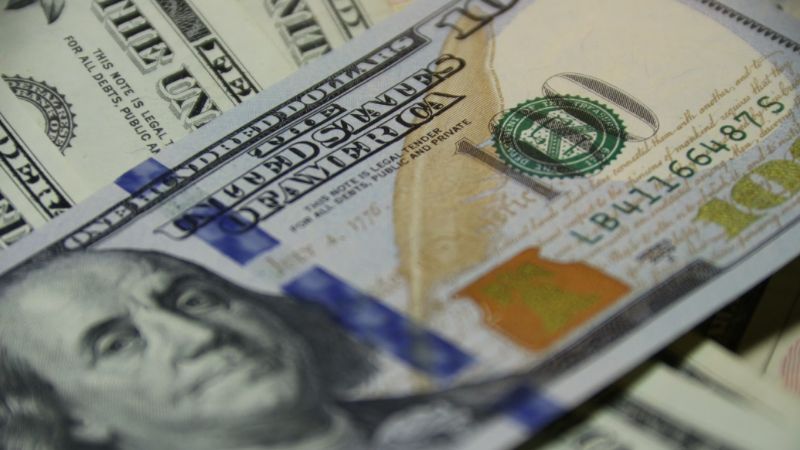According to Reuters, the yen remained relatively unchanged on Monday, relinquishing its earlier gains after the top currency diplomat of Japan warned against speculators attempting to weaken the currency.
Meanwhile, the dollar index dropped from its one-month peak on Friday. Masato Kanda, the vice finance minister of Japan's international affairs, stated that the weakening of the Japanese currency does not accurately reflect its fundamentals.
This serves as another cautionary statement about the currency's significant decline against the dollar.
Karl Schamotta, the chief market strategist at Corpay in Toronto, believes that Kanda's remarks serve as a warning to traders to watch out for any signs of intervention.
He’s clearly putting traders on alert for signs of intervention...
 Multibank ReviewT&Cs apply, 18+
Multibank ReviewT&Cs apply, 18+ eToro Review74% of retail investor accounts lose money
eToro Review74% of retail investor accounts lose money Capital.com Review76% of retail CFD accounts lose money
Capital.com Review76% of retail CFD accounts lose moneyKarl Schamotta, Chief Market Strategist at Corpay
He notes that the yen was not able to sustain its gains for long, and the dollar was last seen rising by 0.03% at 151.47 yen, just below its four-month high of 151.86 from Friday.
The Japanese currency has also been trading close to its lowest levels in thirty years, reaching 151.94 per dollar in October 2022, which was its weakest level in 32 years.
Traders are closely monitoring the level around 152 for any signs of potential intervention, although Schamotta points out that the government may not intervene unless there is a significant increase in volatility.
He also mentions that this factor may be more critical than the exchange rate itself.
Schamotta believes that the current environment is conducive to the carry trade, where speculators borrow in yen and other low-yielding currencies and invest in high-yielding emerging markets, which could continue to exert downward pressure on the yen.
How about China's yuan?
Despite the Bank of Japan's decision to hike interest rates out of negative territory last week, the Japanese currency has continued to depreciate. In the offshore market, China's yuan rose to 7.2525, supported by suspected selling of dollars by state-owned banks and strong official guidance from the central bank.
Earlier, it had fallen to its lowest levels in four months at 7.2810. The Chinese currency has been under pressure due to growing expectations of further monetary easing to bolster the second-largest economy in the world.
The dollar index saw a decline of 0.19% at 104.23, after reaching 104.49 on Friday, its highest level since February 16.
Last week, Federal Reserve Chair Jerome Powell stated that the central bank intends to cut rates this year, despite higher-than-expected inflation in January and February.
However, some Fed officials, including Atlanta Fed President Raphael Bostic, have expressed concerns about persistent inflation and stronger economic data than anticipated. Bostic stated on Friday that he now expects only one quarter-point interest rate cut this year, compared to his previous projection of two.
On Monday, Fed officials mentioned that they remain confident that inflation in the US will decrease, but they also acknowledged a heightened sense of caution in the ongoing debate.
The upcoming release of the Personal Consumption Expenditure (PCE) price index for February on Friday will provide further clues about the Fed's policies. However, trading volumes for foreign exchange may be lower as other markets, including stocks and bonds, will be closed for the Good Friday holiday.
On Monday, data showed that sales of new single-family homes in the US unexpectedly fell in February after an increase in mortgage rates during the month. The euro saw a rise of 0.27% to $1.0834, while the British pound strengthened by 0.29% to $1.2635.
The likelihood of a rate cut by the European Central Bank and the Bank of England in June has increased significantly after the Swiss National Bank became the first major central bank to lower borrowing costs last week, and BoE Governor Andrew Bailey stated in an interview with the Financial Times that rate cuts could be on the table this year.
In other news, the Australian dollar rose by 0.37% against the US dollar, reaching $0.654. Bitcoin also saw an increase of more than 6% to $70,987.49, its highest level since March 15, but still below its record high of $73,803.25 on March 14.






